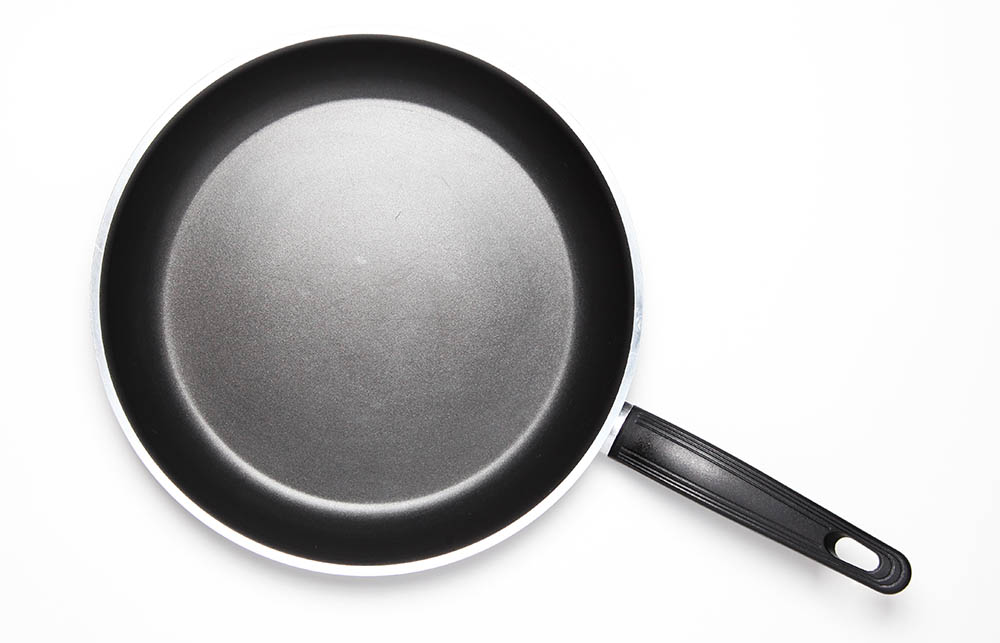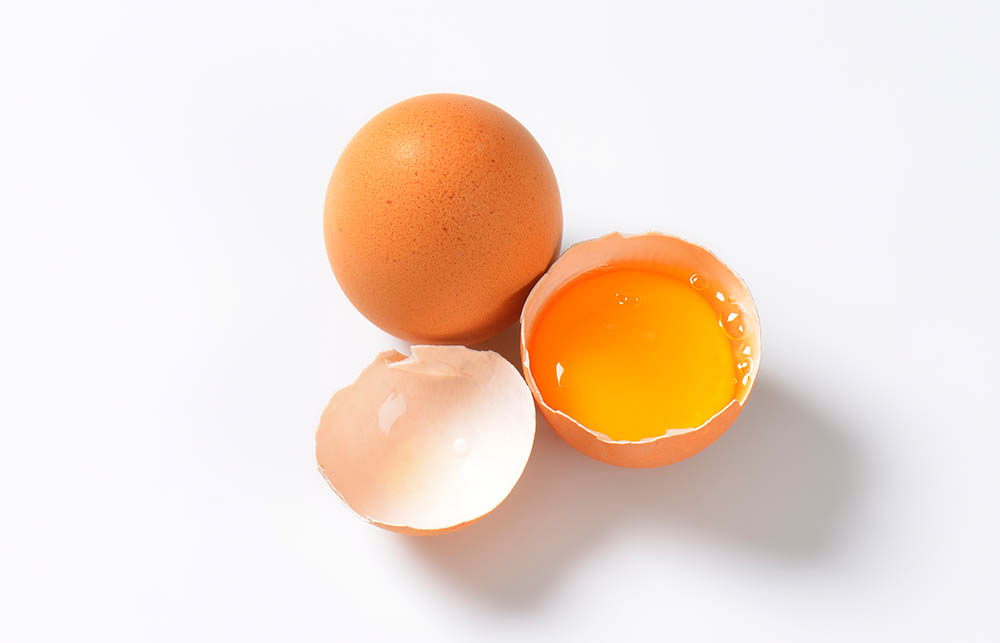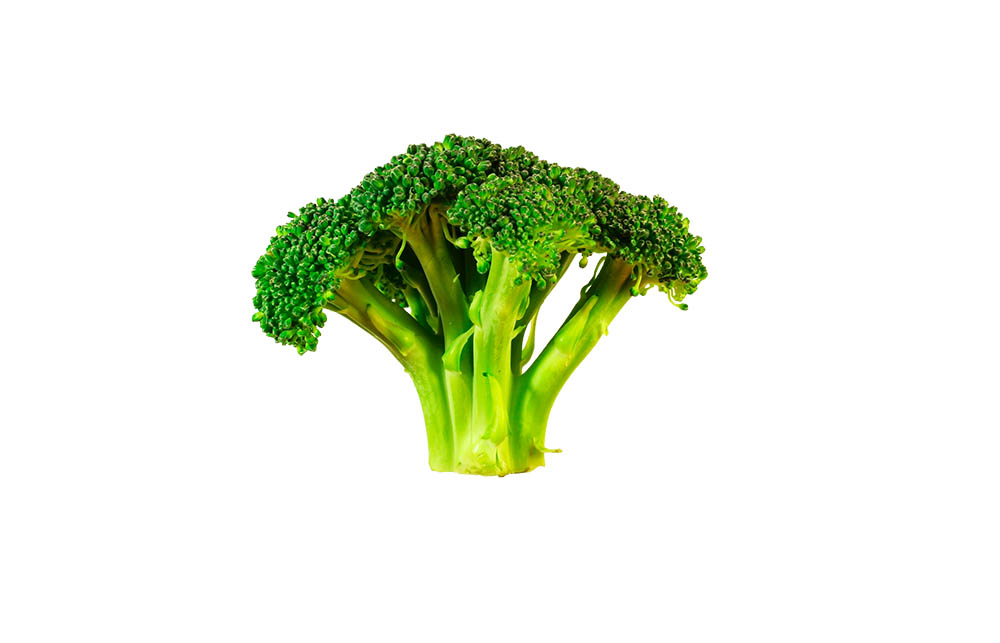
You strain and sweat in the gym . . . but that belly stays put. Maybe you stepped on the scale today and found you’re heavier than you were two days ago, despite a week of eating every conceivable variation of celery.
What gives? Our guess is that you’ve been conditioned to fight your body’s natural fat burners through diets of denial that leave you coveting your mate’s leftover pizza.
We’ve compiled breakthroughs in nutrition and exercise science that will open your eyes and motivate you to rethink your strategies on diet and fitness today.
What you eat now affects what you’ll eat later
Scientists at the Human Nutrition Research Centre at Tufts University found eating foods that elevate your blood sugar triggers intense cravings for carbohydrates later on. In other words, one biscuit begets more biscuits and so on. Eating carbohydrates – baked goods, pasta or sugary foods – promotes greater kilojoule consumption, not just now, but during the rest of the day, say the researchers.
A study in the British Journal of Nutrition found consuming high-quality protein early in the day results in a feeling of fullness that is more sustained than eating a similar meal in the evening would provide.
Certain foods boost metabolism and target belly fat
Protein is a dieter’s best friend. Try to include it with every meal and snack, but don’t neglect wholegrains. A study in the American Journal of Clinical Nutrition showed that a kilojoule-controlled diet rich in wholegrains trimmed extra fat from the waistlines of obese people. Study participants lost more weight from their gut than a group on the same diet who also consumed refined grains.
Diet and exercise work better than exercise alone
A combination order of wholegrains and regular exercise can trigger the body to burn more fat. In a University of Connecticut study, two groups of men were instructed to do resistance training while following either a low-carbohydrate or low-fat diet.
After 12 weeks, the lifters who reduced their carbohydrate intake lost an average of eight kilograms of body fat – twice as much as the lifters who followed the low-fat plan. The low-carb group also gained a kilo of lean muscle. “Restricting carbohydrates forces your body to burn fat instead of sugar,” says study author Dr Jeff Volek.
Food is powerful medicine
Eating raw vegetables such as broccoli lowers the risk of developing cancer. A University of Essex study indicated that cooking significantly lowers the volume of anticancer compounds in vegetables. Here’s a quick way to get your raw quota: fill a ziplock bag with chopped broccoli, carrots and red and green capsicum, and toss it into your work bag with a packet of dressing for an easy snack. The fat in the dressing will boost your body’s absorption of certain nutrients.
Continue the snack attack with nuts. Researchers at Loma Linda University found people who ate nuts five days a week tended to outlive non-nut eaters by three years. Scientists believe the monounsaturated fats and fibre in the nuts provide a longevity benefit and help keep weight in check.
Exercise is the best medicine
The blubber around your organs, called visceral fat, can cause disease. A study in Obesity shows that exercise is crucial for keeping visceral fat off: people who lost belly weight and exercised 80 minutes a week didn’t regain visceral fat after a year. People who stopped working out but maintained a healthy weight had 25 per cent more of the dangerous fat.
Exercise can also bolster your mental state. An Arizona State University study review examining the effects of exercise on depression found that people who exercised had significantly lower depression scores than those whose didn’t work out regularly.
How you work out is more important than how long
A growing body of research supports the idea that high-intensity workouts protect you from harmful belly fat. A study at the University of Arkansas demonstrated that exercisers who did shorter, high-intensity workouts had a 20 per cent reduction in dangerous visceral fat after three months, while people who did longer workouts at a moderate pace showed no change. Researchers say alternating short bursts of more intense effort with slower intervals can burn an average of 25 per cent more kilojoules.





















